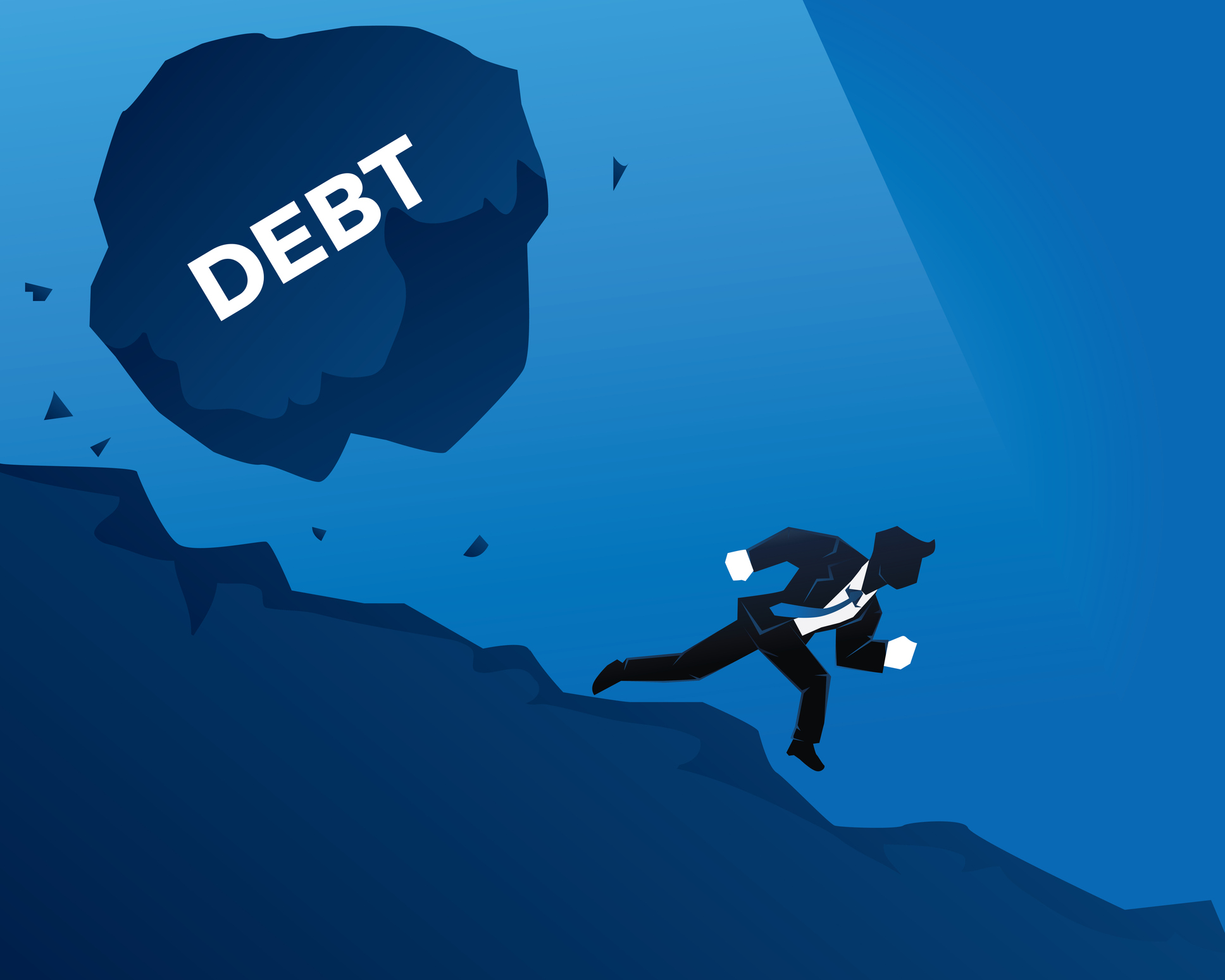
PAKISTAN’S foreign debt and liabilities have been increasing rapidly over the last several years. The government is forced to borrow heavily from external sources — including multilateral and bilateral creditors, and commercial lenders — in order to meet its foreign debt repayment obligations, as well as to finance its budget, development and imports.
Its growing need for dollars has compelled the country to periodically knock at the doors of the IMF over the last three decades, at the cost of economic growth, to avert potential defaults on foreign repayment obligations and shore up forex reserves. With cheaper and softer bilateral and multilateral flows becoming scarce, the government’s reliance on expensive foreign commercial debt is rising. In November alone, it was forced to borrow $1.1bn from commercial lenders, pushing up the total debt flows in the first five months of the present financial year to $4.5bn. According to the economic affairs ministry, the new debt inflows so far constitute 37pc of the annual budget estimates of foreign borrowings of $12.4bn for the entire fiscal.
There are multiple reasons why Pakistan has turned into a heavily indebted nation. The exponential growth in foreign debt levels underscores that the country has been unable to attract adequate non-debt-creating, long-term inflows like FDI or increase its exports, which remain stuck at $23bn-$24bn a year, to meet its external account requirements. The extremely low level of formal domestic savings as reflected by banking deposits means that the government would have to depend on foreign savings to finance its budgetary operations as well as for balance-of-payments support. For example, almost 87pc, or $3.9bn, of the total loans taken in the last five months were meant for balance-of-payments or budgetary support. Similarly, the failure to reform the tax system and increase revenue collection is a major factor behind heavy domestic and foreign borrowings by the government.
The fact that Pakistan’s external debt continues to accumulate and it has to borrow more dollars to repay its old loans suggests that the country has actually been caught in a debt trap. Since July 1, 2018, the government has accumulated $23.6bn in foreign debt. The external debt rose by $10.7bn in the last financial year and $8.4bn in 2018-19 with debt servicing becoming the largest budget expense.
According to official data, the government paid back $2.45bn in the first four months of the current fiscal against repayment estimates of $10.4bn for the entire year — this, in spite of debt payment relief allowed by bilateral lenders to countries like Pakistan in view of Covid-19. That shows the government will continue to borrow more money to repay its old loans while accumulating more debt. This is not sustainable for any economy, least of all a fragile one. The government should put its house in order to attract FDI, boost exports, increase tax revenues and incentivise domestic savings to get out of this trap.
Published in Dawn, December 19th, 2020
Source: https://www.dawn.com/news/1596613/heavily-in-debt

